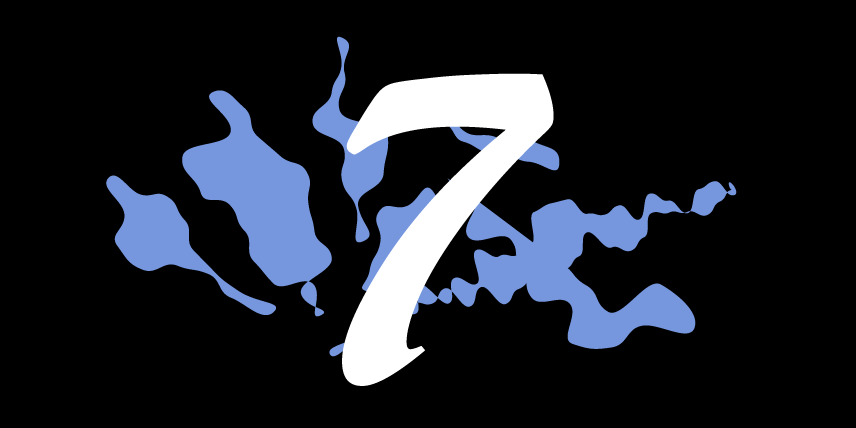Warring States Mnemonic
Though I've tried with flashcards, I just find the names of the Warring States difficult to get into my head. I therefore present a little mnemonic song, to be sung in the style of a 1920s jazz number. I did think of firing up the old Garageband and having a go, but lacking the time or musical talent, I here present the lyrics alone.
How to Train your Charioteer
I had never given too much thought to chariots in Ancient China until I came across a list in the Book of Zhou (周禮, 2nd century BCE) of the five essential skills of the charioteer. As I started to explore this intriguing resume, I realised that my mental image of the chariot had been totally wrong. I had been imagining a very nimble thing for a solitary rider, or perhaps a pair: essentially, I suppose, a Spartan chariot or something out of Ben Hur. In reality, these things were much more like tanks - large, armoured, packed with gear, and frequently accompanied by large numbers of protecting troops.
5 Essential Skills of the Charioteer
The Han Empire is dying, beset by insurrection from marauding Yellow Turbans. Three noble men meet by chance and find common purpose in resisting the threat of tyranny and ruin. Amidst peach trees, the men swear an oath to unite unto death in the service of the downtrodden. So begins the celebrated Romance of the Three Kingdoms, and the fictionalised account of the real life founder and generals of the Shu Kingdom.
How to Choose a Bow in Ancient China
My latest list is Shen Kuo's 'Six Advantages of a Bow', which I came across while trawling Joseph Needham's magisterial Science and Civilisation in China in search of information about chariots for another forthcoming list. He introduces this list almost as something which presents the relative advantages of the good old bow and arrow (perhaps against swords or more heavier weaponry). On a closer look at the list, though, that is a misleading translation: the point is not that the bow and arrow is superior to other weaponry (not least because that would make nonsense of one of the items that the "sound of the bowstring is clear and sharp"); it is more like a list of the qualities or hallmarks of a good quality bow . In other words, an influencer buyer's guide circa 1000 CE.
6 Hallmarks of a Good Bow
In the tumultuous Three Kingdoms period, the dangerous world of politics led seven friends to meet together in a bamboo forest, writing poetry, discoursing on philosophy, and enjoying the natural world. Some of the seven retained official roles, while others turned their backs on politics entirely. The seven as a whole became important icons in a long tradition of abandoning the stifling world of hypocritical politics for a life of the mind.
The Battle of Red Cliff
The Battle of Red Cliff The Battle of Red Cliff (208) was a turning point in history, checking the imperial ambitions of Northern warlord Cao Cao (曹操) and inaugurating the Three Kingdoms period. Having taken the Han emperor under his 'protection' and secured his territory in the north, Cao Cao marched his vast army southwards, seeking to complete his conquest of China. Yet he suffered cataclysmic defeat at Red Cliff at the hands of the allies Liu Bei and Sun Quan and was forced to retreat northwards, incurring devastating losses en route. [...]

